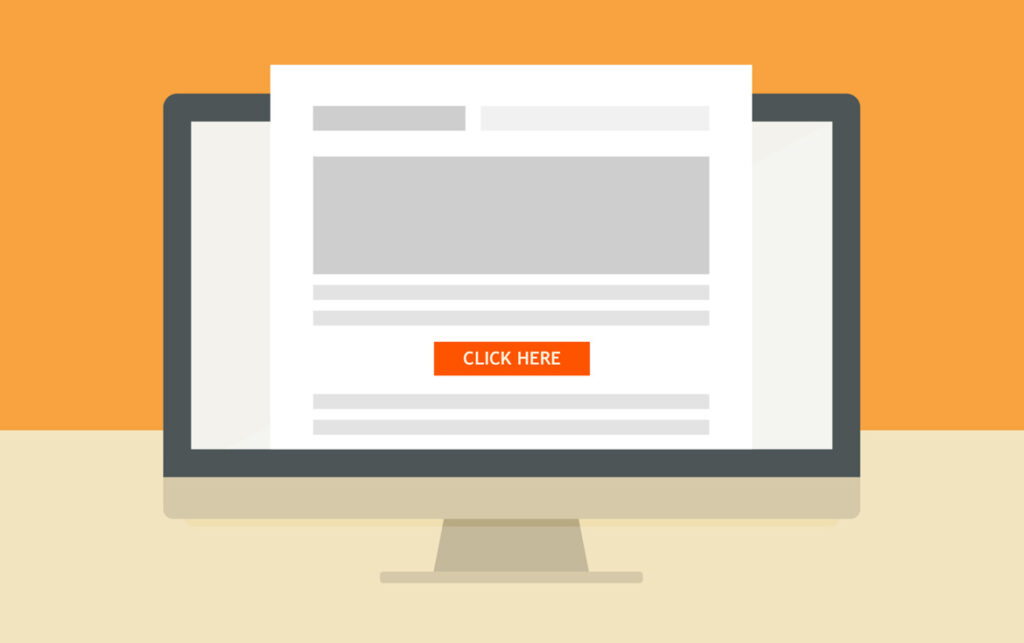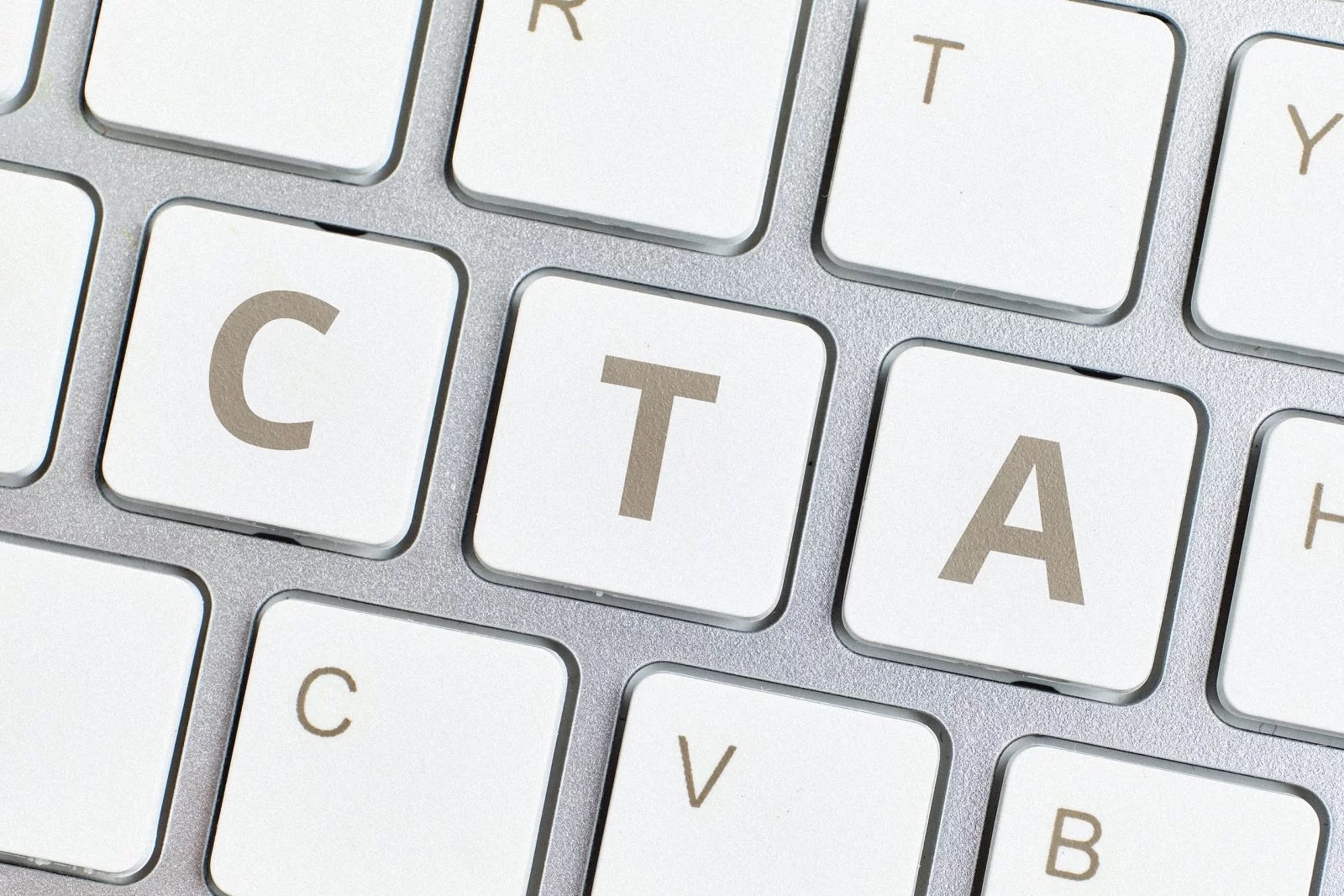Call to action: rules for drafting
A commercial proposal follows a clear structure where each successive element encourages the client to decide. The final part of the offer is the Call to action, which affects the effectiveness of the process. To achieve this result, the goals set must be considered. A call to action can be aimed at making a call, making a payment or clicking on a link.
A call to action should combine two key ideas: the action itself and the benefit the client will receive when it is completed. When meeting with the CP, the potential client must clearly understand what is required of him and the result. The reward could be a discount, a special offer, or a gift.
A call to action (CTA) can take the form of a button, a hyperlink or a graphic element. It should be noted that this approach is used in more than just commercial offers. It works excellently in weblinks and social media posts.

What should you know about CTA
A CTA is an obligatory block, which can be explained in terms of psychology. When a person reads an advertisement or a CP, they already expect some kind of call to action. And this should not be construed as readiness to buy; it is just previous experience that tells us what will happen next. If the proposal does not have a logical conclusion in the form of a button “Buy” or a call to make a call, the material for a person unfinished and interest in it is lost. In addition, the brain perceives the presence of CTA as a reward for the time spent.
For a call to action to work, you need to understand what stage of the funnel the customer is at. If they are not yet warmed up enough, do not offer to buy the product or service immediately. It’s better to start with a phone consultation or an introduction to the product’s benefits. Inducing a person to take a targeted action should be gradual and discreet.
The CTA box should be prominent so the reader can access the link. If it’s a landing page, it’s best to make the button large, but it must be removed from the overall design. In a commercial proposal, it is better to highlight this block in bold or in a paragraph.
A call to action should not be just about having a button. You need to explain to the client what they will receive and what benefits await them after the action is taken. In the case of websites and social media posts, personalisation is an excellent result. A first-person call-to-action increases conversion rates by 42% compared to a generalised CTA.
